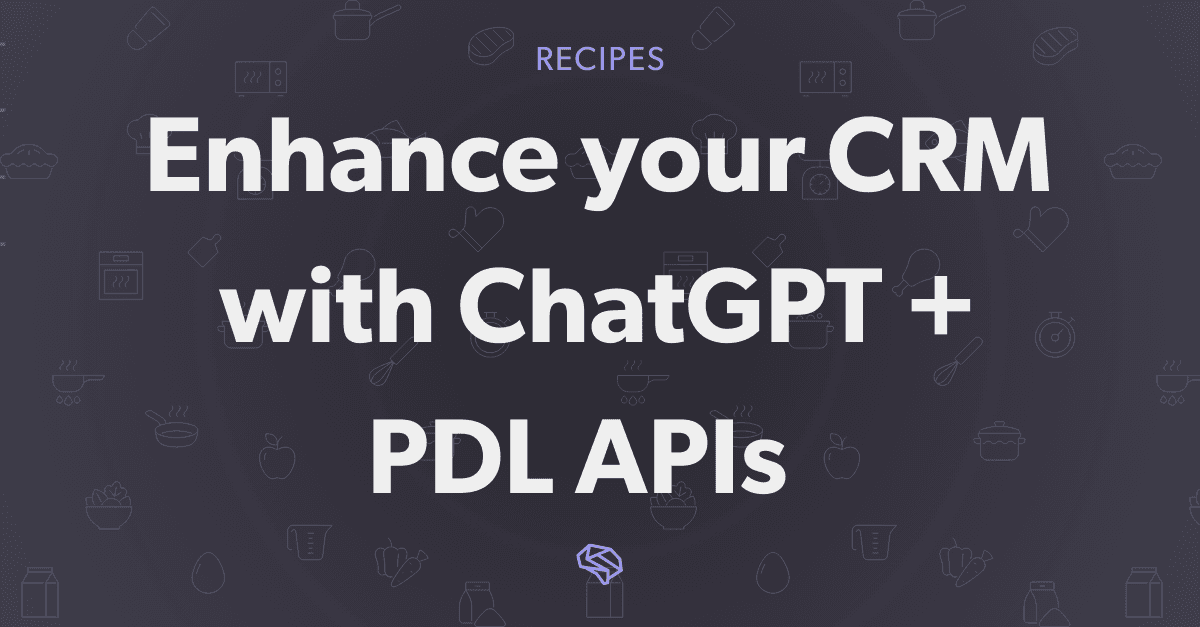
Growth Hacking with Data
September 22, 2021
Table Of Contents

What do Facebook, Twitter, and Airbnb have in common? All of them used growth hacking to significantly increase their user base and accelerate their journey to success. To illustrate, Airbnb increased its following from 6M to a shocking 80M within 4 years of production before 2020 (NeilPatel).
What is Growth Hacking?
Growth Hacking is a term that is now ubiquitous. Startups have popularized it through quirky and highly publicized marketing tactics. But, what is the foundation of growth hacking, and what does it take to be good at it?
Growth hackers build off of traditional outbound and inbound strategies, applying techniques that are analytical, creative, and innovative. They work with engineers, developers, and data analytics to generate insights and appropriately budget campaigns. By introducing analytics, predictive modeling, and data to the equation, growth hackers aim to rapidly and efficiently grow their customer base for long-term retention.
The Growth Hacking Funnel
The objective of a growth hacker is to deliver the best results using very few resources. Accordingly, if one tactic is not showing results, it will be discontinued immediately. A strategy is successful if it is driving leads through the marketing funnel. An example of a marketing funnel is the 5-Step Startup Metrics Model which was developed by Dave McClure, the former Director of Marketing at PayPal. The marketing funnel includes:
Acquisition —Experimenting with different marketing channels to discover which is most effective at generating strong leads
Activation — Getting users engaged with and excited about using the product or service
Retention — Using data-driven methods to create personalized customer engagements, messaging, and outreach in order to drive customer loyalty
Revenue — Monetizing customers and working towards profitability
Referral — Providing existing customers an incentive to tell others about the product or service

“Growth Hack” Your Way to More Customers
By using growth hacking techniques, a company can increase its customer count by over 15% (NeilPatel). In order to achieve these results, a growth hacker must adopt data-driven methods.
Data-driven techniques can help companies:
Expose consumer pain points, enabling companies to retarget and up-sell customers strategically
Identify purchasing patterns and segment their customers, revealing their target audiences
Track customer behavior, bounce rates, and loyalty through performance metrics and sales analytics
Measure customer lifetime value by aggregating data on traffic from social media, referrals, and more
Data-powered growth hacking tools:
KPI Dashboards
KPI Dashboards clearly illustrate multiple performance metrics, including CAR (customer acquisition rate), NPS (Net Promoter Score), and CLV (Customer Lifetime Value).
Sales Analytics
Salesforce Einstein Analytics and Insight Squared analyze performance metrics and create custom journeys for leads, giving sales teams the highest odds of converting the lead to a customer.
Customer CRM tracking applications
CRM applications are used to conduct data analysis, host social media and email integrations, and act as the go-to source for task management.
Activity tracking and heat maps
Heat maps are used to track customer interactions including sessions, click-through rates, impressions, and more.
Why You Need B2B Data to Succeed
B2B data includes contact, demographic, location, and employment information. With people data, companies can track a consumer’s behavior, identify their immediate needs, and personalize their outreach and services.
Ready To Start Using Data?
If you are interested in using people data to start growth hacking your way to success, People Data Labs licenses over 1.5 billion unique person profiles and offers an Enrichment API. Visit our site to learn more about how to maximize the power of data or chat with one of our product specialists.
Like what you read? Scroll down and subscribe to our newsletter to receive monthly updates with our latest content.



